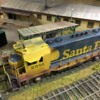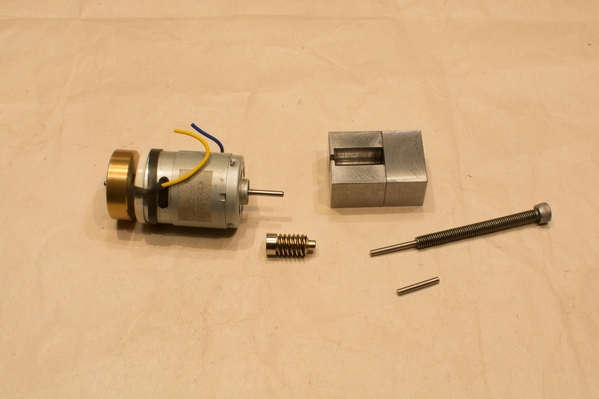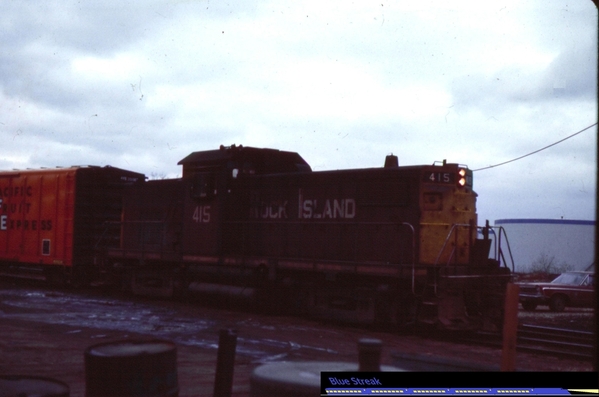Here are my wishes for two rail:
1) A major manufacturer either introduces or obtains the rights (business) to the two rail products previously offered by MTH.
2) A manufacturer of locomotives to realize that there should be a price differential between a small industrial switcher, a 44-tonner, and a 6-axle 4000+ HP mainline freight diesel., and also a differential for 4-axle vs 6-axle diesel models.
3) That manufacturer to realize that there is some resistance to the purchase of diesels, since either two or three are required for prototypical operation, and for this reason why a quantity discount and multiple road number should be considered.
4) A major manufacturer offers a cost effective two rail, completely assembled and ready for installation, motorized turnout in at least two sizes, one closest to 072 and another scale turnout, say a #5, and these turnouts are compatible with Microscale Engineering and Atlas two rail track systems. And the motor is reliable, trouble free, and works well.
5) Selection of track metal and wheel metal to discourage wheel to rail contamination, and the subsequent need for frequent cleaning.
6) A snap relay rated higher than 2 amps that is not junk. Engines with 8 car passenger trains generally required four amps with incandescent lighting.
7) A reasonably priced signal system, with capabilities similar to that previously offered by Custom Signals/Atlas, and this would include signal bridges that would permit adjustment for various track center rail dimensions with adjustments possible for four track mainlines.
8) Fairly priced passenger equipment with the following features:
-Scale length, and prototypical with regard to window size and spacing, door height, etc. (I don't need doors that open, etc.)
-Correct paint schemes, both inside and out. (A "no-brainer".)
-LED lighting, either golden glow or blue-white as appropriate to the age of the equipment modeled, with a hold up feature for operation over rail gaps and for station stops. Lighting to operate and be visible in a voltage range from 12 volts to 18 volts, with a greater range if possible to a 6 volt minimum. Lighting to work with either DC or AC. Cars to be suitable for 2 rail and also 3 rail to reduce overall project cost (and price).
-A weight limit for each car, probably to not exceed 2-1/2 lb.
-Insulated wheelsets (one side) with NO wipers to wear grooves in the wheels.
-An on-off switch for interior lights.
-Predrilled for Kadee couplers at the correct height
-Harder/higher quality wheels and axles, and side frames sufficiently hard that the axles will not wear ovals in the side frames with extended use. Some MTH and Lionel cars have either a metal boss on the inside of the side frame, or a pressed in bronze insert, to prevent this wear pattern.
-Diaphragms that won't crumble with age.
-The ability to easily disassemble a car for the purpose of adding figures.
-Recessed windows with a prototypical appearance. Window film to be one piece on each side of the car, and located with a channel and not an adhesive, in order to prevent individual window panes falling inside the car as the adhesive dries out.
-A finished interior that is exactly prototypically correct. ( I recently considered adding figures to my "prototypically correct" passenger train, and realized that the interior seat spacing was not even close to correct. My HO friend has the same train, and his are perfect to the prototype....)












